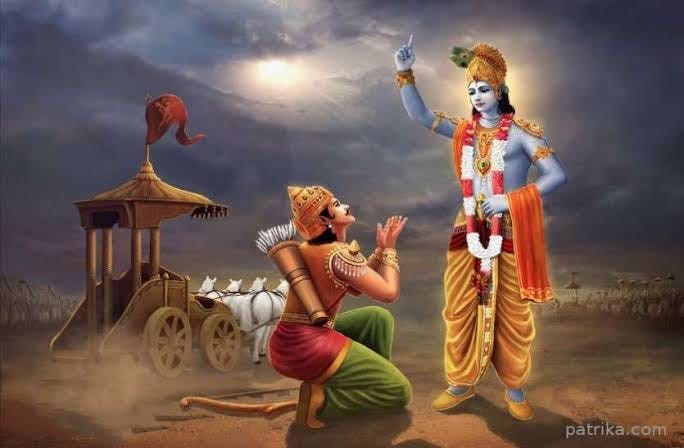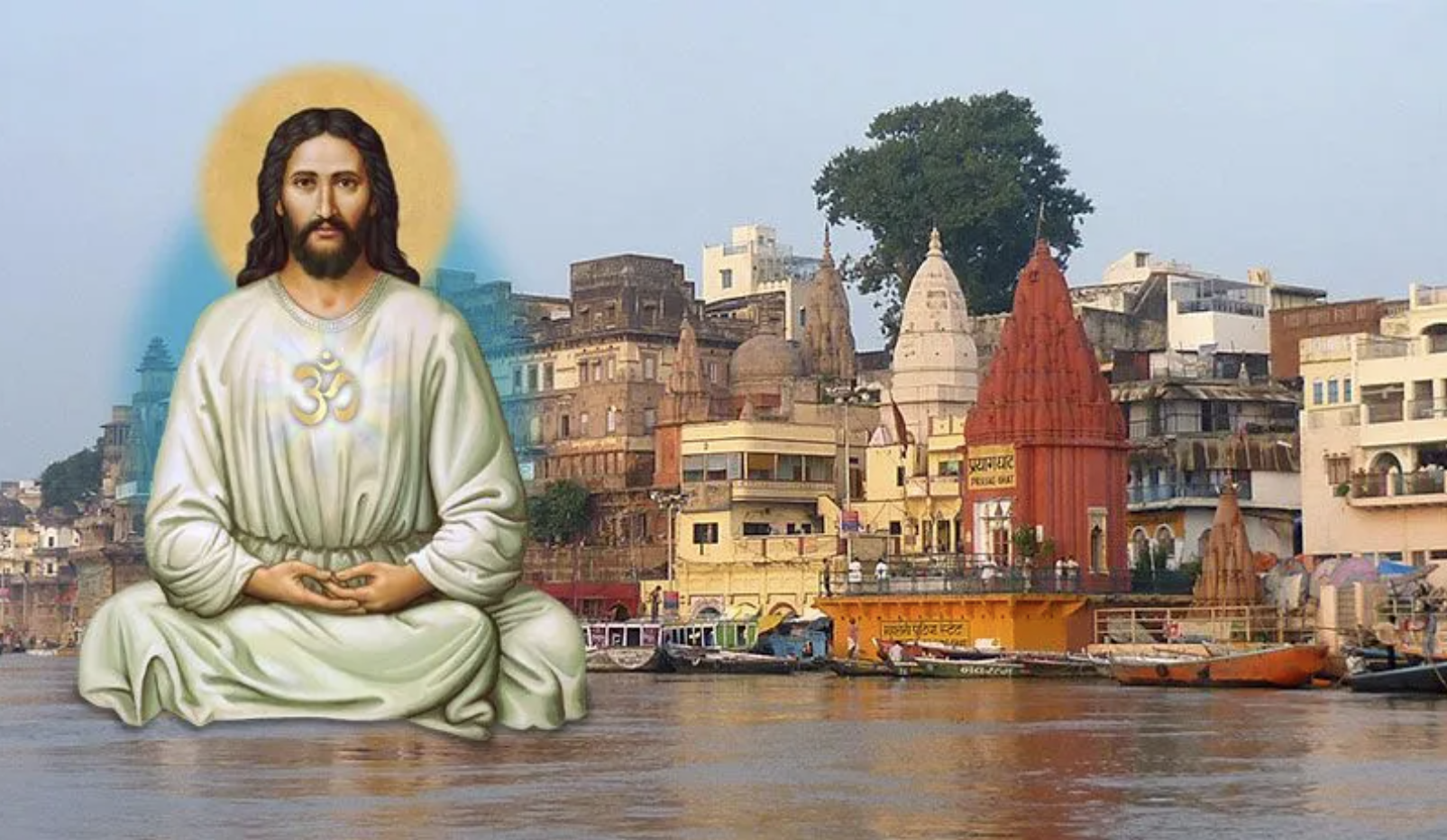
"When meditation is mastered, the mind is unwavering like the flame of a lamp in a windless place." – Bhagavad Gita 6.19

Jesus’ highly anticipated return to India was welcomed. There, he became a great leader and saint who is still revered by over a billion people in the subcontinent. They situate him as the ‘Guru of Gurus’ amongst the greatest personalities throughout various faiths.
In Kashmir, beside the Dal Lake - the shimmering mirror of heaven cradled in the palms of the Himalayas- the massive Takht-i-Sulaiman Monument, also known as the Shankacharya Temple, residing on a monadnock translates to the ‘Throne of Solomon’ and recites the inscription etched into its historic walls:
“Maimar een satoon Raj Bihishti Zargar. Sal panjah wa chahar”
“The mason of this pillar is the suppliant Bihishti Zargar, year fifty and four.”
“Een satoon bardast Khwaja Rukun bin Murjan”
“Khawaja Rukun, son of Murjan, erected this pillar”
“Dar een waqt Yuz Asaf da’wa-i-paighambari mikunad, Sal punjah wa chakar.”
“At this time, Yuz Asaf proclaimed his prophethood, year fifty and four.”
“Aishan Yusu Paighambar-i-Bani Israel ast.”
“He is Jesus, Prophet of the Children of Israel.”
.jpg)
Yuz Asaph or Jesus Christ guided the people of Kashmir like a radiant lamp dispelling the darkness of ignorance, and illuminating hearts and minds. He is like the living memory of the region who rests peacefully in the Rozabal Shrine of Srinagar, Kashmir after finally departing to become a part of divinity at the age of 120 years old in the Jewish direction (the East).
Jesus’ boundless ocean of immutable, perennial wisdom simply cleanses one’s soul: nourishing the depths of the human spirit with waves of selfless service (bhakti), everlasting compassion (prema) and forgiveness (ksama) where every drop of this transcendental sea crashes against the nescience of ego and fear on the shore of our consciousness and epitomising the eternal light of God in every single drop of invigorating sustainer of life. Jesus surviving the crucifixion does not mean that Jesus was not divine because only alone with God’s mercy and blessings can one enlighten billions of people across continents, cultures, traditions, races and creeds in a time without globalisation, connectivity and social media. Swami Vivekananda also mentions in his lecture ‘Christ, the Messenger’ in Los Angeles, California in 1900, ‘But mark this giant that came; centuries and ages pass, yet the energy that he left upon the world is not stretched, nor yet expended to its full. It goes on adding new vigour as the ages roll on.’ He also rightfully states ‘As it has been said by the same Messenger, “No man hath seen the God at any time, but through the Son.” It is true that you and I, and the poorest of us, and the meanest even, embody that God, reflect that God. The vibration of light is everywhere, omnipresent, but we have to strike the light of the lamp before we can see the light. The Omnipresent God of the universe cannot be seen until He is reflected by these giant lamps of the earth - the Prophets, the man-Gods, the incarnations, the embodiments of God.’ Therefore, ‘is it a sin to fall at the feet of these man-Gods?’
The great Swami Paramahansa Yogananda who brought the divine practice of Yoga to millions across the East and West said ‘Jesus Christ is a liaison between East and West. That great master stands before my eyes, telling Orient and Occident: “Come together! My body was born in the East; my spirit and message travelled to the West.” In Christ’s birth as an Asiatic, and his acceptance by Western people as their guru, is a divine implication that East and West should unite by exchanging their finest distinctive features.’ He also says ‘The ideals of Christ are the ideals of the scriptures of India. The precepts of Jesus are analogous to the highest Vedic teachings, which were in existence long before the advent of Jesus. This does not take away from the greatness of Christ; it shows the eternal nature of truth, and that Jesus incarnated on earth to give to the world a new expression of Sanatan Dharma.’ Swami’s words are a comprehensive summary of the message I wanted to impart through exploring the relationship between Jesus and Sanatana Dharma that I did not have the capacity to express myself.